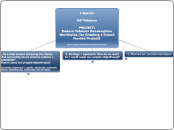jonka Gopi Pepakayala 6 vuotta sitten
316
CXM in Startups
New startups face numerous challenges, including launching products to a new market and increasing awareness while ensuring customer satisfaction. The survival of a startup largely depends on effectively managing these tasks simultaneously.









